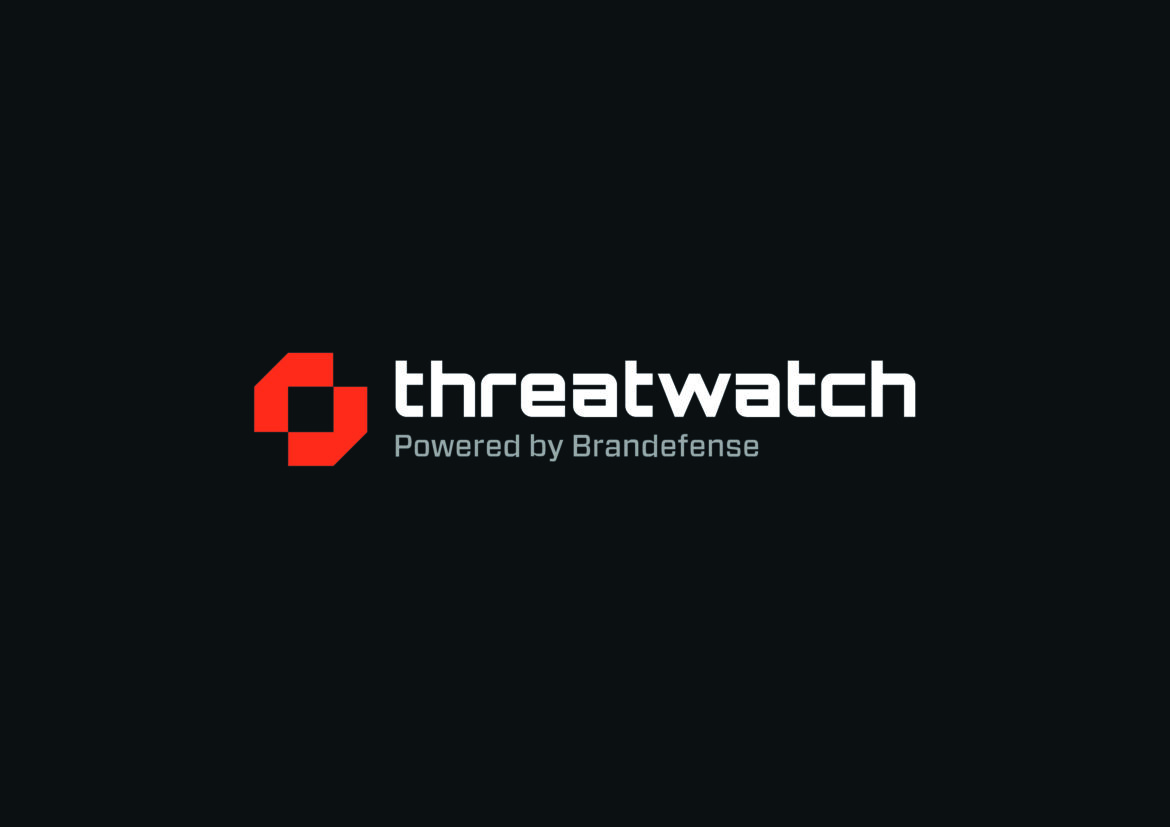The word “botnet” has become synonymous with widespread chaos and disruption in today’s digital landscape. While originally designed as a network of automated bots to perform repetitive tasks, botnets have become a major tool for cybercriminals, orchestrating some of the most destructive cyberattacks.
Botnet invasions have escalated from an isolated nuisance to a global security threat. From distributed denial-of-service (DDoS) attacks to ransomware distribution, botnets operate as powerful networks that take control of hundreds or even millions of devices worldwide. Their impact on businesses, governments, and individuals is staggering, yet their full story remains largely untold.
This blog delves into the dark world of botnet invasions, how they operate, why they are so difficult to eradicate, and what steps businesses can take to protect themselves. With insights from Brandefense, we will explore how proactive monitoring and threat intelligence can turn the tide against these automated invaders.
The Origins of Botnets
To understand how botnets evolved into the massive threats they are today, we first need to look back at their origins. The term “botnet” is derived from the words “robot” and “network,” referring to a collection of internet-connected devices infected with malware that allows an attacker to control them remotely.
Botnets initially started as simple, benign systems used to automate repetitive tasks. They would gather data, perform searches, or even assist with network maintenance. However, as cybercriminals began to understand the potential of controlling multiple devices remotely, the purpose of botnets quickly shifted.
Today, botnets are one of the most powerful weapons in a cybercriminal’s arsenal. They can hijack thousands or millions of devices, turning them into “zombies” that are used to launch cyberattacks without the device owner’s knowledge. Commonly infected devices include personal computers, smartphones, and security cameras.
Botnet Invasions: How They Work
A botnet infects multiple devices with malicious software at its core, allowing a central command-and-control (C&C) server to control these devices remotely. Here’s a step-by-step breakdown of how a botnet invasion typically occurs:
Infection
The first step in any botnet invasion is infection. Cybercriminals often use malware delivered through phishing emails, malicious websites, or software vulnerabilities to infect devices. Once infected, the malware installs a backdoor on the device, granting the attacker control.
Command and Control (C&C)
After a device is infected, it becomes part of the larger botnet network and can receive instructions from the C&C server. This server acts as the control center for the entire botnet, sending commands to infected devices, or “bots,” to perform specific actions such as launching DDoS attacks or distributing ransomware.
Execution
Once the botnet is established, the cybercriminal can initiate their attack. Common botnet activities include launching DDoS attacks to overwhelm websites with traffic, conducting brute-force attacks to crack passwords, or sending massive amounts of spam or phishing emails to unsuspecting victims.
Botnets have become so sophisticated that they can even operate autonomously, self-propagating across networks and recruiting new devices into their ranks without human intervention.
The Devastating Impact of Botnet Attacks
Botnet attacks can have a devastating impact on businesses, governments, and individuals alike. Here are some of the most common ways botnets are used in cybercrime:
Distributed Denial-of-Service (DDoS) Attacks
The most well-known botnet attack is the Distributed Denial-of-Service (DDoS) attack. In a DDoS attack, the botnet floods a target server or website with overwhelming traffic, causing the system to crash and become unavailable to legitimate users.
For businesses, a DDoS attack can result in significant financial losses due to downtime, lost revenue, and damage to their reputation. In some cases, attackers may even demand a ransom to stop the attack—a tactic known as a ransom DDoS (RDoS) attack.
In 2016, the infamous Mirai botnet took down major websites like Twitter, Netflix, and Reddit by targeting the Dyn DNS provider with a DDoS attack, using IoT devices such as IP cameras and DVRs. This attack highlighted the vulnerabilities in IoT security and the destructive potential of botnets.
Ransomware Distribution
Botnets are also commonly used to distribute ransomware. Using infected devices to send phishing emails or exploit vulnerabilities, cybercriminals can quickly and efficiently distribute ransomware to many victims.
Ransomware locks or encrypts a victim’s data and demands payment (often in cryptocurrency) to restore access. If the victim refuses to pay, they risk losing their data permanently. Botnets make it easy for attackers to scale their ransomware campaigns, reaching more potential victims with minimal effort.
Credential Stuffing and Brute-Force Attacks
Botnets can be used to launch credential stuffing and brute-force attacks to steal login credentials. Credential stuffing involves using a list of stolen passwords and usernames to get unauthorized access to accounts. At the same time, brute-force attacks try different password combinations until they find the correct one.
Given the number of people who reuse passwords across multiple accounts, botnets are highly effective in launching these attacks at scale. Once the attackers access a victim’s account, they can steal sensitive information, initiate financial fraud, or sell the credentials on the dark web.
Click Fraud and Advertising Fraud
Botnets are also used to perpetrate click fraud in online advertising. By generating fake clicks on ads or loading websites with false traffic, cybercriminals can manipulate pay-per-click advertising models, costing businesses millions of dollars in fraudulent ad spending.
This fraud hurts advertisers and skews valuable marketing data, making it harder for businesses to decide about their campaigns.e you.
The Rise of IoT Botnets
With the increasing adoption of Internet of Things (IoT) devices, botnets have evolved to target these poorly secured endpoints. IoT devices such as smart thermostats, home assistants, and security cameras often have weak default passwords and lack regular software updates, making them easy targets for botnet operators.
The Mirai botnet, for example, exploited vulnerable IoT devices to launch one of the largest DDoS attacks in history. IoT botnets are particularly dangerous because they can recruit many devices into their network, significantly increasing the size and power of the botnet.
As more IoT devices come online, the potential for massive botnet invasions will only grow, posing a serious threat to businesses and consumers.

Threat Watch is a cutting-edge platform that continuously monitors and assesses your external attack surface. It identifies vulnerabilities in real-time, providing actionable insights to safeguard your digital environment before threats materialize.
What provides you?
- Real-time vulnerability scanning
- Comprehensive security insights across key categories, and
- A report which includes all of them and more
Let the magic happen: https://threat.watch/
Why Are Botnets So Difficult to Eradicate?
One of the reasons botnets are so difficult to combat is their decentralized nature. Once a botnet is established, it can operate autonomously, making it hard for authorities to shut down. Here are some of the main challenges in eradicating botnets:
Distributed Networks
Botnets are spread across thousands or even millions of devices, making it nearly impossible to take them down with a single action. Shutting down the C&C server might temporarily slow down the botnet, but attackers can quickly set up a new one and continue their activities.
Stealthy Operations
Botnets often operate in the background, making it difficult for device owners to detect that their systems have been compromised. Many users remain unaware that their devices are part of a botnet until it’s too late.
IoT Vulnerabilities
The rise of IoT devices has only exacerbated the problem. Many IoT devices are not designed with security in mind, making them easy targets for botnet operators. The sheer number of vulnerable devices online means that botnets have an almost limitless supply of recruits.
How Brandefense Can Help Protect Against Botnets
At Brandefense, we understand the growing threat botnets pose and the challenges businesses face in defending against them. Our proactive digital risk protection platform is designed to help companies stay ahead of emerging threats, including botnets.
Key Features of Brandefense’s Botnet Protection:
- Real-Time Threat Detection: Our AI-driven platform continuously scans the surface, deep, and dark web to identify potential threats, including botnet activity targeting your business.
- Threat Intelligence: We provide actionable intelligence on emerging botnet threats, helping you understand the nature of the attack and how to defend against it.
- Automated Monitoring: Brandefense monitors your brand’s digital footprint 24/7, detecting botnet-related activities before they cause significant harm.
- Advanced API Integration: Our platform integrates seamlessly with your existing security infrastructure, ensuring that your defenses are always up-to-date and ready to respond to new threats.
By partnering with Brandefense, businesses can take a proactive approach to cybersecurity, staying one step ahead of botnet operators and minimizing the impact of these automated attacks. ensures long-term cybersecurity resilience by focusing on risk assessment, multi-layered security, threat intelligence, employee training, and incident response.
Conclusion: Stopping the Botnet Invasion
Botnets represent one of the most dangerous threats in today’s cybersecurity landscape. Their ability to hijack millions of devices and launch massive, coordinated attacks makes them a formidable adversary. However, with the right tools, businesses can protect themselves from botnet invasions and mitigate the damage caused by these automated threats.
Brandefense offers a comprehensive suite of tools to help businesses defend against botnets, ransomware, and other cyber threats. Don’t wait until your brand becomes the next victim. Schedule a demo with Brandefense today and discover how we can protect your business from the growing menace of botnet invasions.






